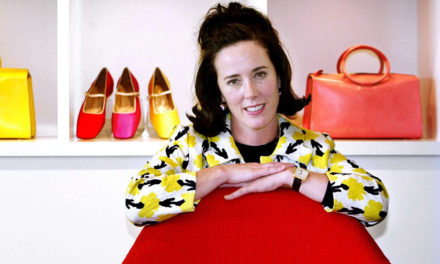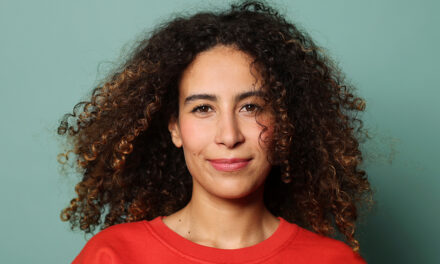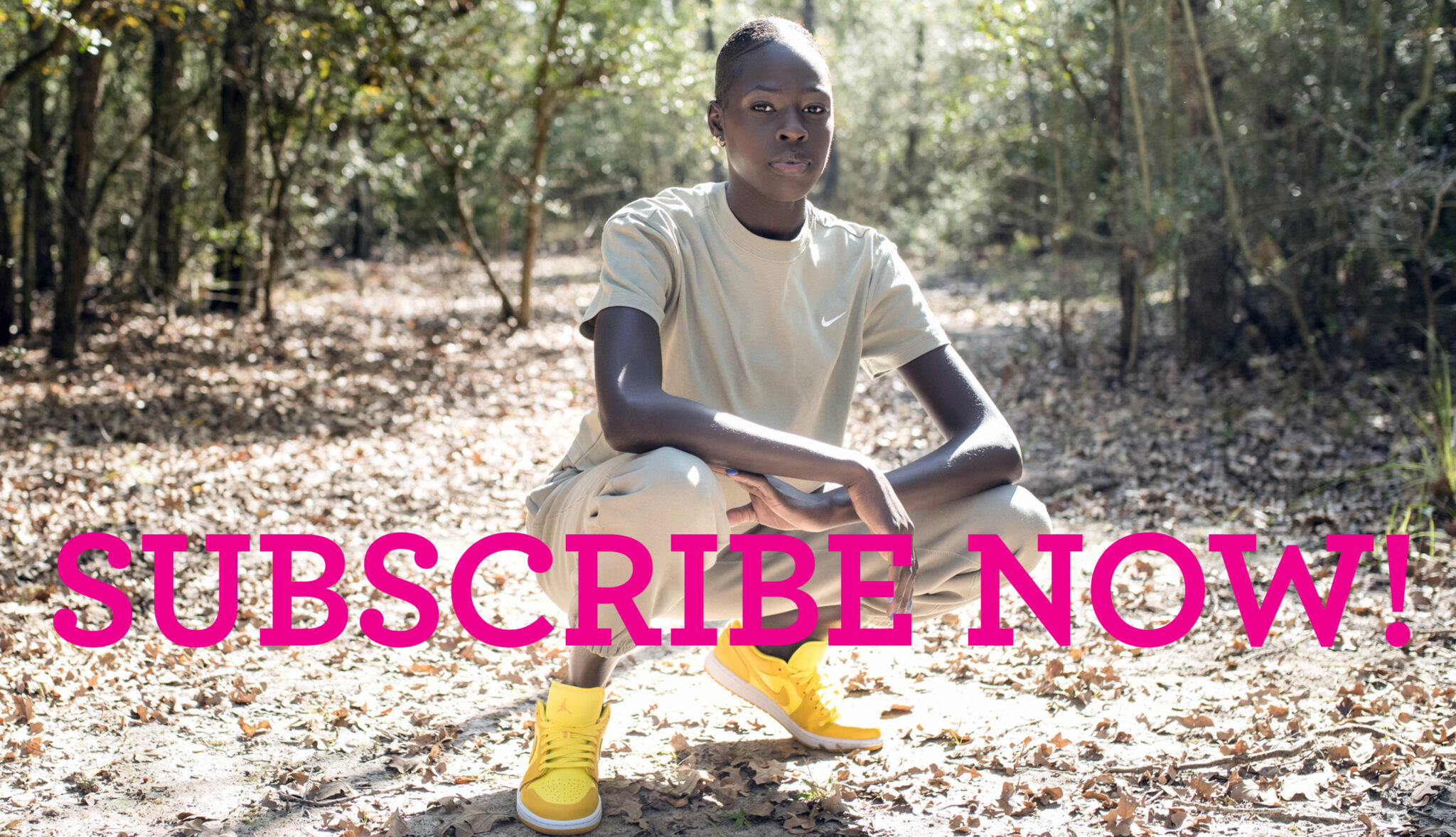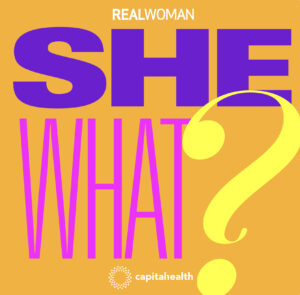After being shot point-blank in a horrific public massacre in 2011, Congresswoman Gabby Giffords and her family feared she wouldn’t survive, let alone walk or talk again. Certainly they never imagined she’d be smiling, dancing, or singing along to the musical Annie anytime soon.
But in addition to countless surgeries and physical, occupational, and speech therapy, an unlikely art form played a pivotal role in the politician’s healing—music. Giffords worked with board-certified music therapist Maegan Morrow to regain her ability to communicate following her traumatic brain injury, starting with simple tunes like “Happy Birthday” (at first, Giffords could only utter, “you,” after Morrow led in with “Happy Birthday to…”) and working her way up to “Let It Shine” and “Brown Eyed Girl.” Last year, Giffords reunited with Morrow, and together, the duo belted out a song from Annie. Afterward, Giffords posted on Facebook about the “wonderful” music therapists like Morrow, who “do so much to help others get better.”
But music isn’t the only unexpected remedy helping people find solace and heal from physical and emotional wounds these days. People are turning to art, exercise, dance, meditation, and massage for their ability to speed healing, usually by augmenting conventional medical treatment and helping to ease emotional and physical stress.
Treatments once considered “alternative” or “fringe” have become so mainstream that the National Institute of Health is now funding trials using music therapy with military members suffering from chronic pain, and the YMCA offers group exercise programs for cancer patients. Here, Real Woman explores four treatment modalities gaining new followers as they help people heal their physical and emotional wounds, plus tips for infusing them into your own life.
Music
One of the oldest forms of communication is gaining re-newed attention for its healing power. Music therapy—using music to improve one’s emotional well-being, physical health, social functioning, communication abilities, or cognitive skills—holds promise in helping patients who have been diagnosed with everything from multiple sclerosis, autism, schizophrenia, Parkinson’s disease, depression, sleep disturbances and more—all without adverse effects.
“Music creates a positive environment and helps patients with many different conditions,” says Rona Remstein, RN, MSN, director of oncology services for Capital Health’s Center for Oncology. While music alone can’t cure everything that ails us, “it can certainly improve mood, decrease stress, pain and anxiety, and enhance relaxation, coping, and healing.”
In Parkinson’s and stroke patients, music works by giving patients a rhythm to walk to; every beat acts as an auditory cue that helps the brain anticipate and execute the next step.
For substance abuse patients, writing and analyzing song lyrics help increase feelings of acceptance and joy while assuaging guilt and regret. In the case of Congresswoman Giffords, experts think music helped her overcome speech deficits (she was shot on the left side of the brain, where speech control resides), perhaps by creating new pathways for language. (Need proof this works? Think about how difficult it is to recall all the words to a song from a decade ago. If, however, that song were to start playing on the radio, you’d be able to sing the whole thing without missing a beat.)
 Pregnant women report feeling less pain during labor when enveloped by soothing music. Bronwyn Bird, who runs the Birdhouse Center for the Arts in Lambertville, which strives to expose the community to all kinds of music, recently experienced, firsthand, music’s power during labor. The 29-year-old Lambertville resident gave birth to her first child in March, listening to her favorite—Swedish folk music—the entire time.
Pregnant women report feeling less pain during labor when enveloped by soothing music. Bronwyn Bird, who runs the Birdhouse Center for the Arts in Lambertville, which strives to expose the community to all kinds of music, recently experienced, firsthand, music’s power during labor. The 29-year-old Lambertville resident gave birth to her first child in March, listening to her favorite—Swedish folk music—the entire time.
Bird and her three siblings grew up in a musical family in Doylestown, Pa., and she went on to study music therapy at Berklee College of Music in Boston, where she learned that music is unique in that many different areas of our brains are stimulated by music. “Music therapy is very adaptive and specific to the individual,” she says. “When I’m working with someone with Alzheimer’s, for example, I may be working with music from the early 1920s or 30s because maybe it was the song for the first dance at his or her wedding. And that can trigger a significant response.”
Bird says music is such an effective tool for healing because it has so many diverse applications and approaches. She tries to focus her musical prescription on the individual and his or her needs. “When I’m working with people who are grieving, for example, I use music in the context of songwriting. It’s a little less confrontational and scary to have to write down your emotions in the form of song instead of having to talk about them in a therapy setting,” she says. “Sometimes it’s just about channeling music through rhythm and melody.”
Try it Remstein suggests finding a quiet spot and listening to your favorite music, whether it’s soft and calming or uptempo and energizing; the key is making sure it’s music that makes you happy. “Concentrate on the ups and downs, the lyrics, the rhythm,” Remstein says. You can also attend an adult music class in your community, sing in a choir, learn to play an instrument, or reconnect with an instrument you learned as a child.
Friendship & Support
Trish Tatrai, RN, OCN, CBCN, runs the breast cancer support group at Capital Health’s Center for Comprehensive Breast Care. Getting people on board, she says, isn’t always easy. “I see patients’ faces sometimes when I say we have a support group at Capital Health,” Tatrai explains. “They think it’s doom and gloom.”
The experience is anything but, she says. “We have our moments, and it can be a tough time, but having other people there with you who really understand what you’re going through is a huge help.”
Another option is group therapy, which typically involves a psychologist or other mental health professional leading a group of patients who share a specific problem:
social anxiety, obesity, chronic pain, cancer, substance abuse, and even non-medical issues like anger, shyness, grief, or poor self-esteem.
Such groups act as a safe space and a sounding board for sharing and working through complicated matters; they also help hold members accountable, put their own problems in perspective, and help them feel less isolated. “Oftentimes, you may feel like you are the only one struggling,” says Ben Johnson, Ph.D., a clinical assistant professor at Brown University in the Department of Psychiatry and Human Behavior and President of the Rhode Island Psychological Association, “but you’re not. Sharing your deepest feelings with a group of strangers may sound intimidating at first, but group members are almost always surprised by how rewarding the experience can be.”
If group therapy still doesn’t appeal to you, there are other ways to tap into the power that comes from working through hardship with others. For Betsy Andrews, 68, of Princeton Junction, N.J., teaming up with a friend whose cancer fight coincided with her own proved to be just as much of a lifesaver as the chemotherapy and surgery. “We honestly thought we were going to die, so we shared lots of dark humor and ate lots of food,” she recalls. “We would go out for coffee and donuts, Chinese food, or dessert and just laugh so hard. It was nice just to have someone nearby who knew it was okay to laugh about cancer.” (Andrews is now 14 years cancer-free.)
Try it Ask your doctor for a referral to a vetted local support group that is appropriate for the condition you are treating. (The American Psychological Association notes that many people benefit from a combination of group and individual therapy, so don’t necessarily rule out solo psychotherapy if you’ve found it to be helpful.) Capital Health offers a variety of support groups for cancer patients and caregivers. To learn more about the cancer support groups offered at Capital Health, visit capitalhealth.org/oncology.
Exercise
“Walk two miles at a fast pace, and call me in the morning.”
That’s what cardiologists, weight loss specialists, aging experts, and more have been saying for years. But exercise’s beneficial impact on the psyche is less discussed. For instance, multiple studies show that exercise can be just as effective as—if not more than—as medication when it comes to lifting depression. A 2015 Indian Journal of Palliative Care article explored the ability of yoga to facilitate a sense of well-being in chemotherapy and radiation patients, and exercise has been used as a treatment for attention deficit and hyperactivity disorder in kids.
 The Central Bucks Family YMCA in Doylestown, Pa., offers a 12-week THRIVE group personal training program designed for people battling cancer. Besides helping rebuild muscle mass, improve flexibility, and beat fatigue following surgery, radiation, and chemo, “exercise can help regulate stress hormones, which is helpful for people who have anxiety over upcoming checkups or current treatments,” says Kristen Yonkman, a certified personal trainer and corrective exercise specialist who co-created THRIVE at the Hamilton YMCA.
The Central Bucks Family YMCA in Doylestown, Pa., offers a 12-week THRIVE group personal training program designed for people battling cancer. Besides helping rebuild muscle mass, improve flexibility, and beat fatigue following surgery, radiation, and chemo, “exercise can help regulate stress hormones, which is helpful for people who have anxiety over upcoming checkups or current treatments,” says Kristen Yonkman, a certified personal trainer and corrective exercise specialist who co-created THRIVE at the Hamilton YMCA.
Working out improves sleep and alleviates some fatigue, a side effect of cancer and cancer treatment. Researchers have supposed that deep breathing, like that found in yoga, may increase the delivery of oxygen-rich blood and nutrients throughout the body.
Solo exercise works, but if you choose to get moving in a group setting, you’ll reap additional benefits in the forms of social support, accountability, and camaraderie.
Try it Walking is a wonderful place to start; there’s a low risk of injury, it’s easy on joints, and you control the pace. “Brisk walking is great cardio exercise, and it has been shown to improve strength and stamina. There is also widespread anecdotal evidence that it can help a person clear her mind and relieve stress,” Yonkman says.
Always speak with your healthcare provider before starting an exercise program, as you may have condition-specific limits (a cancer patient who has had many lymph nodes removed must be careful with upper-body movements). But in general, “walking or biking is a great starting point, and you don’t need an expert to show you how.”
Art
Growing up, Tara Bane dreamed of being an artist. Her favorite high school class was painting; she constantly doodled in a journal. In college, she fell in love with psychology but fed her creative soul with printmaking and other artsy electives, eventually finding the perfect marriage between the two with a Masters of Art in Creative Art Therapy degree from Hofstra University. (Her focus is on the use of visual arts materials and media, such as markers, pastels, paints, and clay, to help people in both individual and group settings.)
The Yardley, Pa. registered art therapist, now 44, has witnessed art’s healing powers time and time again, such as when she worked with a young woman who used pencil drawings and pastels to wrestle though post-traumatic stress disorder and sexual identity issues. “Pencils are all about control, while pastels feel freeing to use,” Bane describes. The choice of mediums “spoke to the sense of control she needed as she went through the process of self-discovery, sorting through her experience of incest.” Afterward, her gravitation towards pastels represented her growing trust with Bane and an enhanced sense of safety. “Art therapy gives you another medium that you can use to get your feelings out of your head; now you have this sculpture or drawing that can reflect what’s inside you and help you process it,” she says.
 On September 11, 2001, Bane’s own world came crashing down when her husband of 4 years, Michael, was killed in the terrorist attacks on the World Trade Center. (He worked for a risk-management firm in the North Tower.) “I heard on NPR that a small commuter plane hit the World Trade Center,” Bane says. “I didn’t think much of it because it was a huge building. When I turned on the TV, I watched the North Tower fall, and then I collapsed.”
On September 11, 2001, Bane’s own world came crashing down when her husband of 4 years, Michael, was killed in the terrorist attacks on the World Trade Center. (He worked for a risk-management firm in the North Tower.) “I heard on NPR that a small commuter plane hit the World Trade Center,” Bane says. “I didn’t think much of it because it was a huge building. When I turned on the TV, I watched the North Tower fall, and then I collapsed.”
It took 9 days for it to sink in that Michael, who she calls her soul mate, wasn’t going to emerge from the rubble of Ground Zero. “I went down there, and I remember looking at this mountain. At that point I knew. I said, ‘He’s dead. He’s gone.’ Everyone else kind of knew. But I think I had to see it.”
In 9/11’s immediate aftermath, Bane was wrecked. Her home in Yardley was a mess, and she often forgot to shower or eat. She even had “a hard time” making art; anything she did create was graphic and disturbing, like an oil painting of a terrorist clawing her heart out. “It wasn’t pretty, but it was powerful; you could see my bleakness, my emptiness. It was such an intense trauma that it was hard to create anything. So when I did paint, it scared me, so I never finished it,” she recalls. “It was too painful. It didn’t give me any release because it was too soon.”
After a few years—and dedication to healing—she felt ready to delve back into art full force, creating a sculpture of Ground Zero, glazed in matte white to represent ash, and other personally meaningful work.
Bane, who remarried and has a 6-year-old son, says children tend to respond especially well to art therapy. For the 10-year anniversary of 9/11, she helped create a Garden of Reflection in Lower Makefield Township, Pa., asking schoolchildren to decorate 2,973 handmade hearts—each one with the name of a victim on the back—before stringing them up in a massive art installation. “Down the line, art as therapy eventually allowed me to get some of those feelings out, and to let it loose. And then I was able to start healing.”
Try it Bane says you can start dabbling in the medium with adult coloring books (“coloring can be very soothing”) or keeping an art journal, doodling, drawing, or creating an image that springs to mind and writing about how it makes you feel. If you haven’t worked with art before, she suggests avoiding clay or paints, as they have the potential to stir up childhood memories. For a more structured approach, search for a credentialed art therapist in your area at arttherapy.org.










